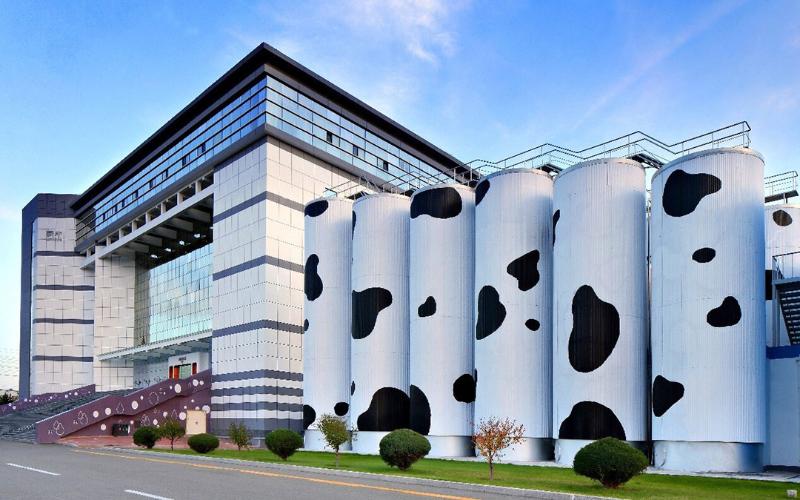General Mills Reported Exceeds Expectations Despite Divesting Yogurt Business
General Mills has reported its fiscal second-quarter results, surpassing Wall Street expectations with adjusted earnings of $1.10 per share, above analysts’ projections of $1.02. Despite facing challenges from the sale of its yogurt business in North America, the company’s shares rose by 1.17% following the announcement. Net sales for the quarter ending November 23 reached $4.9 billion, exceeding the consensus estimate of $4.78 billion, though representing a 7% year-over-year decline.
The divestment of the yogurt business, which included the Yoplait brand, led to a 10% decrease in sales for the North American Retail segment, which saw a 13% fall in net sales. This strategic move is part of General Mills’ shift towards higher-margin categories with less competition from private labels, which have affected their fresh dairy market share. The yogurt segment, with its high perishability and logistical costs, has faced profitability pressures in mature markets due to consumer shifts towards plant-based or premium functional products.
Organic net sales, excluding acquisitions and divestitures, dropped by only 1% year-over-year, demonstrating the resilience of the remaining portfolio. Jeff Harmening, CEO of General Mills, noted that investments in product innovation, premium packaging, brand communication, and omnichannel execution are driving organic volume growth in North America, enhancing competitiveness across all segments.
The North American Pet segment saw an 11% increase in net sales, benefiting from the acquisition of Whitebridge Pet Brands. The International segment experienced a 6% growth, driven by strong performance in Brazil, China, India, and North Asia. This geographic diversification helps offset domestic market weaknesses, where private-label competition and consumer preferences for fresh, local, and less-processed foods pressure traditional categories like cereals and baking mixes.
General Mills has reaffirmed its fiscal 2026 outlook, expecting organic net sales to range between -1% and +1%, with adjusted operating profit and diluted earnings per share projected to decrease by 10% to 15% in constant currency. This cautious guidance reflects a transitional year post-dairy divestment, prioritizing reinvestment in strategic brands over short-term margin expansion.

